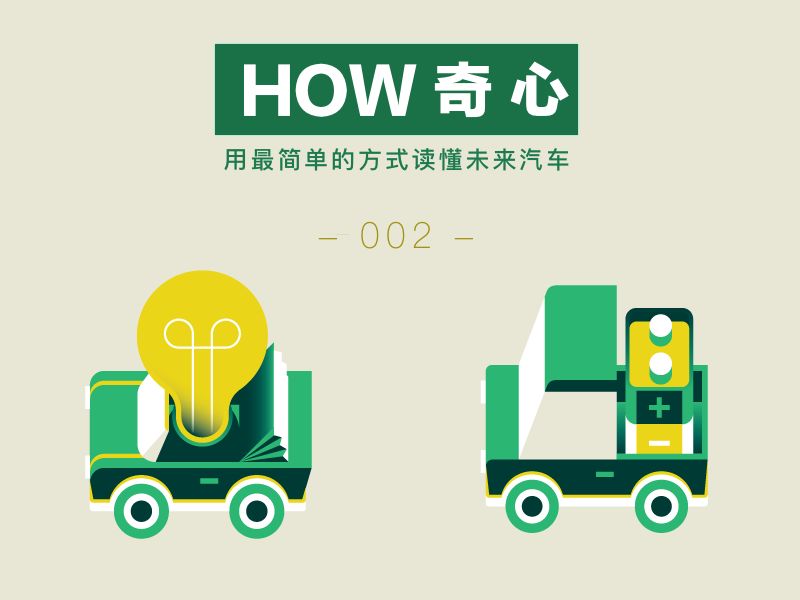This article is the second episode of the “HOW Curiosity” science column about batteries launched by Garage 42. In the previous episode, we discussed “How strong is Tesla’s battery life?” (http://mp.weixin.qq.com/s?_biz=MjM5NTIyMjA2MQ==&mid=2656743302&idx=1&sn=686ce98c6df65979e7065bd42de82eb8&chksm=bd55c8c48a2241d2ce675d406beb0dc57d77db5e4d63a18e0a55c39bd3094652354bf328b13a&scene=21#wechatredirect).
Guest Speaker
Dr. Zhang Hua: Bachelor’s degree in materials physics from Fudan University, Ph.D. in materials science and engineering from the University of California, Los Angeles, and director of Launch Capital.
Today we talk about art.
Don’t be nervous, you read it right, it is art.
Today we talk about the art of balancing the performance of batteries.
This is the strongest feeling I got after talking with Dr. Zhang Hua.
I asked Zhang Hua, how much can the range of current power batteries be improved, how fast can they be fast charged, and what methods can be used to reduce battery decay.
Zhang Hua replied, “If you think that a battery has super long range without affecting other performance, then you may be too naive.
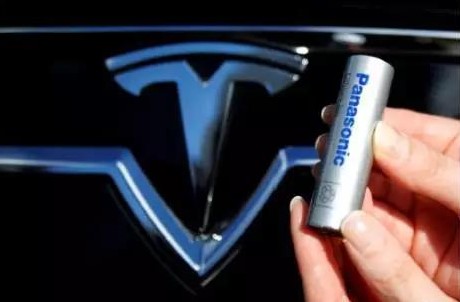
“A battery is a very comprehensive product. If you improve one aspect of its performance, you are destined to sacrifice other aspects. You get something and you inevitably lose something. This is the basic understanding of battery design and development.”
I was stunned for a moment, and I didn’t expect my gossipy spirit to suddenly enter a meditative moment.

Who is Zhang Hua?After writing “How Good is Tesla’s Battery Life Really?” I had announced on Weibo and friend circle that the battery series would have a sequel. The difference is that this time I invited a friend who knows more about batteries than me to help me complete the series on battery performance.
The friend I mentioned is Zhang Hua. He is a PhD in Material Science and Engineering from UCLA and also a director at Launch Capital, who has been deeply involved in the battery field for many years.
With his help, we can return to a more fundamental level of discussion on battery issues.
Tesla can run a long way, but its cycle life is not high
Currently, the main focus of the industry on batteries is to reduce the cost, increase capacity, and at the same time, hope that the life of the battery will not be significantly reduced and can meet the daily needs of consumers.
It sounds very reasonable.
Zhang Hua reminds us that if you see a strong performance of a certain aspect of the battery, you must reflect on what the cost is.
In terms of the performance of the power battery, we currently value energy density and life the most, followed by the speed of charging and discharging and the response to temperature.
Increasing energy density, usually the cost is that the cycle life of the battery will deteriorate and the speed of charging and discharging will also deteriorate.
Zhang Hua takes Tesla as an example. For example, compared with BYD’s lithium iron phosphate battery, Tesla’s battery does have a higher energy density, but its cycle life is about twice that of lithium iron phosphate.
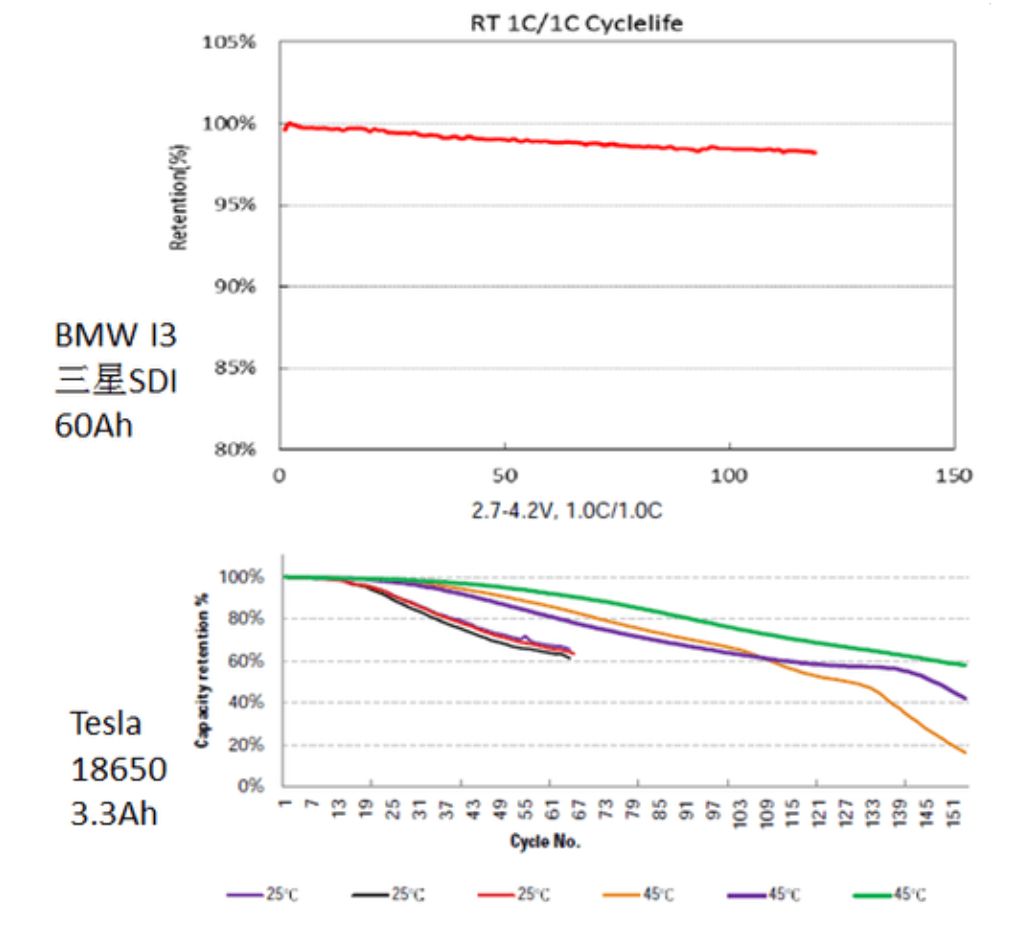
Wait a minute.
Isn’t Tesla’s battery life high, energy density high, can be slow-charged or fast-charged, and decayed slowly?
Tesla’s chart of range attenuation has been widely circulated.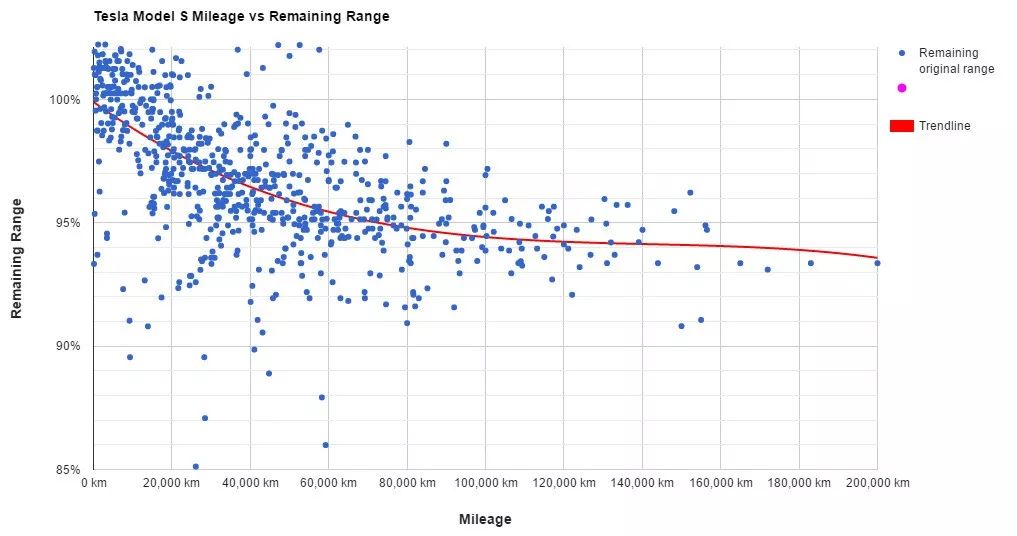
You see the curve in the picture, after driving 200,000 km, Tesla’s range can still be maintained between 90% and 95% of the initial range.
This is the statistical data from 286 Model S owners.
In the figure, the owners use their measurable unit “range” to evaluate the battery’s decay.
No problem with this.
However, range represents the distance that a vehicle can travel in a single charge-discharge cycle. While cycle life represents how many times a battery can be charged and discharged within its effective life cycle.
Let’s do a rough math problem.
Running the same 200,000 km, Tesla charges and discharges once and runs 500 kilometers, so it needs to be charged and discharged 400 times to complete the trip. Other electric vehicles charge and discharge once and run 200 kilometers, so they need to be charged and discharged 1,000 times to complete the trip.
In summary, the total range of battery life cycle equals the range of a single charge multiplied by the cycle life.
That is, although Tesla’s battery cycle life is not so outstanding, it can run a higher total range than its competitors in the battery life cycle because it can run a longer range per charge.
Therefore, the fact that Tesla’s battery is not prone to decay is widely praised by owners.
But this does not mean that Tesla’s battery cycle life is higher.
The Battery Structure is the Key Issue to Understanding Cycle Life
How is the battery cycle life affected?
First, let’s look at how the battery is charged and discharged.
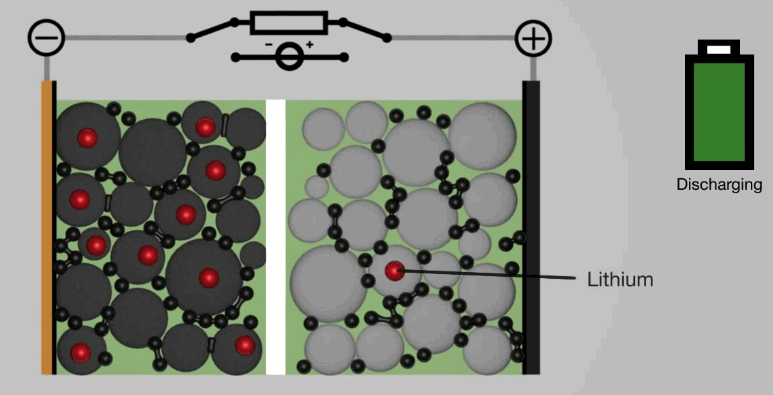
The charging and discharging process of lithium-ion batteries is the movement of lithium ions.
Academically, lithium ions mainly have two movements, one called embedding and the other called exodus.
Lithium ions are embedded in the battery structure, and in each movement process, lithium ions have to break away from the original structure and run to the other side. Zhang Hua gave an analogy that this is like moving a pile of things from one room to another.
Whether it is discharging or charging, lithium ions run from one pole of the battery to the other.
The understanding of battery life should be based on an understanding of the battery structure.During the process of charging and discharging, the less lithium ions that participate in motion, the less damage is caused to the structure. The slower the lithium ions move during each motion, the less damage is caused to the structure. If the lithium ions move almost the same distance every time, continuing to extract lithium ions from inside the battery will damage it.
The more unstable the structure is and the more damage it suffers, the worse the cycling life will be. Therefore, we usually emphasize shallow charging and discharging of lithium-ion batteries, and not challenging the battery’s “limit”.
Next, let’s focus on materials.
Different electrode materials have different battery structures.
When we increase the energy density of the battery by changing the ratio of electrode materials, the battery’s cycle life also changes. For example, Tesla’s NCA battery has a shorter cycle life than BYD’s LiFePO4 battery.
Tesla introduced silicon-carbon anode on their 21700 battery. The more silicon added, the easier the battery structure is damaged, and the cycle life is more easily affected.
The effect of electrode materials on the life of the battery is also based on the battery structure.
Finally, temperature is equally important.
Temperatures below zero also have a negative impact on the battery structure, even permanently damaging it.
Therefore, these three factors of charging and discharging process (depth/speed), battery materials, and temperature can all affect the battery’s cycle life by influencing the battery’s structure.
Speaking of this, we can also understand the role of battery management system.
The core purpose of the battery management system is to ensure the stability of the battery’s performance and life. Therefore, the battery management system mainly does two things, one is to manage the interaction between the internal environment and the outside world, which is to manage the charging and discharging process of the battery. The other is to manage the interaction between the external environment and the battery, which is temperature (heat) management.
Some people say that the display shows 0 battery consumption on a vehicle, but the vehicle can still run for a while. This is also a way to prevent the battery from discharging too deeply.
Large batteries can be more flexible in the charging and discharging process
So how much charging and discharging is suitable for batteries?
Let’s get to know three words. One is SoC (State of Capacity), which represents the current capacity of the battery. One is DoD (Depth of Discharge), which represents the depth of the battery discharge. And one is C (Current), which represents the charge and discharge rate of the battery.
Depth and speed are important influencing factors in the charging and discharging process.

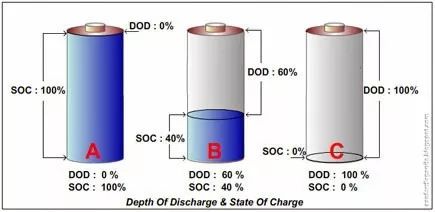
First, let’s talk about depth.
The depth of battery discharge is related to the capacity of the entire battery. For example, Tesla’s battery is at 90 degrees, while other electric vehicles are at 45 degrees. If both vehicles travel 100 kilometers in 5 seconds, Tesla will use 0.1% of its battery capacity while other electric cars will use 0.2%. The extent of damage to the battery is different.
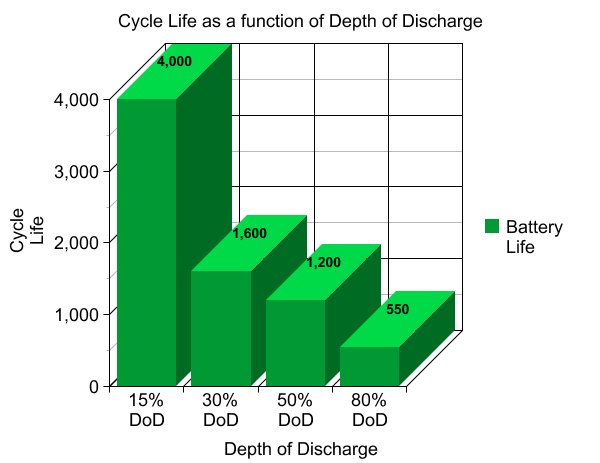
That is to say, depth is not based on absolute values, but capacity ratios. Larger batteries have a certain advantage in this regard.
Furthermore, the higher the rate of charge and discharge, the shorter the required time and the shorter the cycle life.
In the same vehicle, quickly starting and slowly starting consume batteries differently and cause different degrees of damage. Fast acceleration is equivalent to the rapid discharge of the battery.
So, is fast charging that we expect harmful to the battery?
Certainly, but what we are more concerned about is how much damage it causes.
If the cycle life of a regular charging pile is 700 times and that of a matching fast charging pile is 500 times, the impact on normal usage will not be significant. However, if the cycle life of regular charging is 700 times and that of fast charging is 100 times, aggressively promoting fast charging is not very meaningful. This is also why it is not recommended to use the MacBook power adapter to charge the iPhone.
Regarding different car models, due to the larger Tesla battery, at the same acceleration, the current is lower, equivalent to a slow discharge process. From the perspective of slow discharge, the battery decays more slowly.
If the charging and discharging rate of the battery is increased by 25% on this basis, the 25% increase in Tesla’s speed is 0.1% of 25%, while the 25% increase in other electric vehicles is 0.2% of 25%, and the results are different.
During the driving process, the proportion of battery capacity consumed by Tesla for the same charging and discharging process is lower, thereby reducing the negative impact on cycle life.
Therefore, Tesla’s use of a larger battery compensates for the disadvantage of cycle life. Although Tesla’s battery can be used fewer times, it can run farther.This is why, even though Tesla’s battery cycle life is not high, users perceive that Tesla’s batteries are sufficient for use.
This is the most profound feeling I got from communicating with Zhang Hua.
It seems that Tesla’s use of NCA batteries has many shortcomings, but Tesla has overcome the performance shortcomings of the batteries through the stacking of the number of cells.
We thought we were doing addition, but it is not the simple addition you thought it was.
Of course, Zhang Hua does not advocate blindly improving battery life at the expense of other battery performance. After all, battery life numbers are the easiest to evaluate, while other battery performance requires car owners to spend a lot of time to experience.
It’s just that, in the current charging environment, with the help of car owners’ interest in electric cars, battery life is an unavoidable issue.
Unless we want to explore other new energy sources, this topic can be continued next time.
Finally, Zhang Hua’s suggestion is that the depth of charge and discharge of the battery is usually between 20% and 80%.
How strong is Tesla’s battery life?
Fisker: Is the 1-minute charge and 800-kilometer range of solid-state batteries reliable?


This article is a translation by ChatGPT of a Chinese report from 42HOW. If you have any questions about it, please email bd@42how.com.
